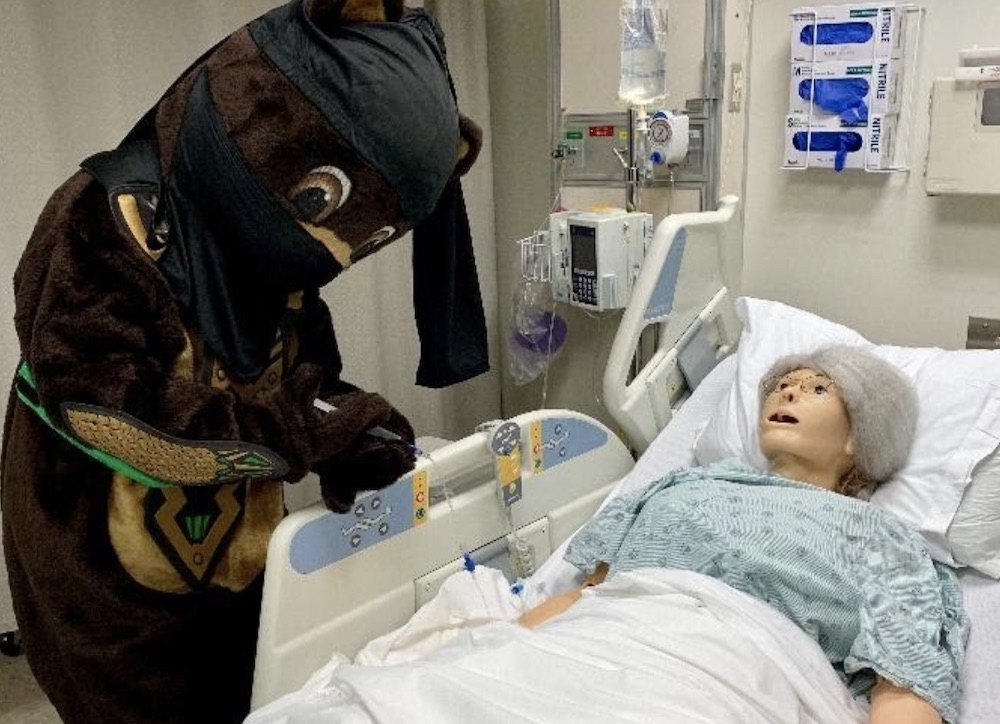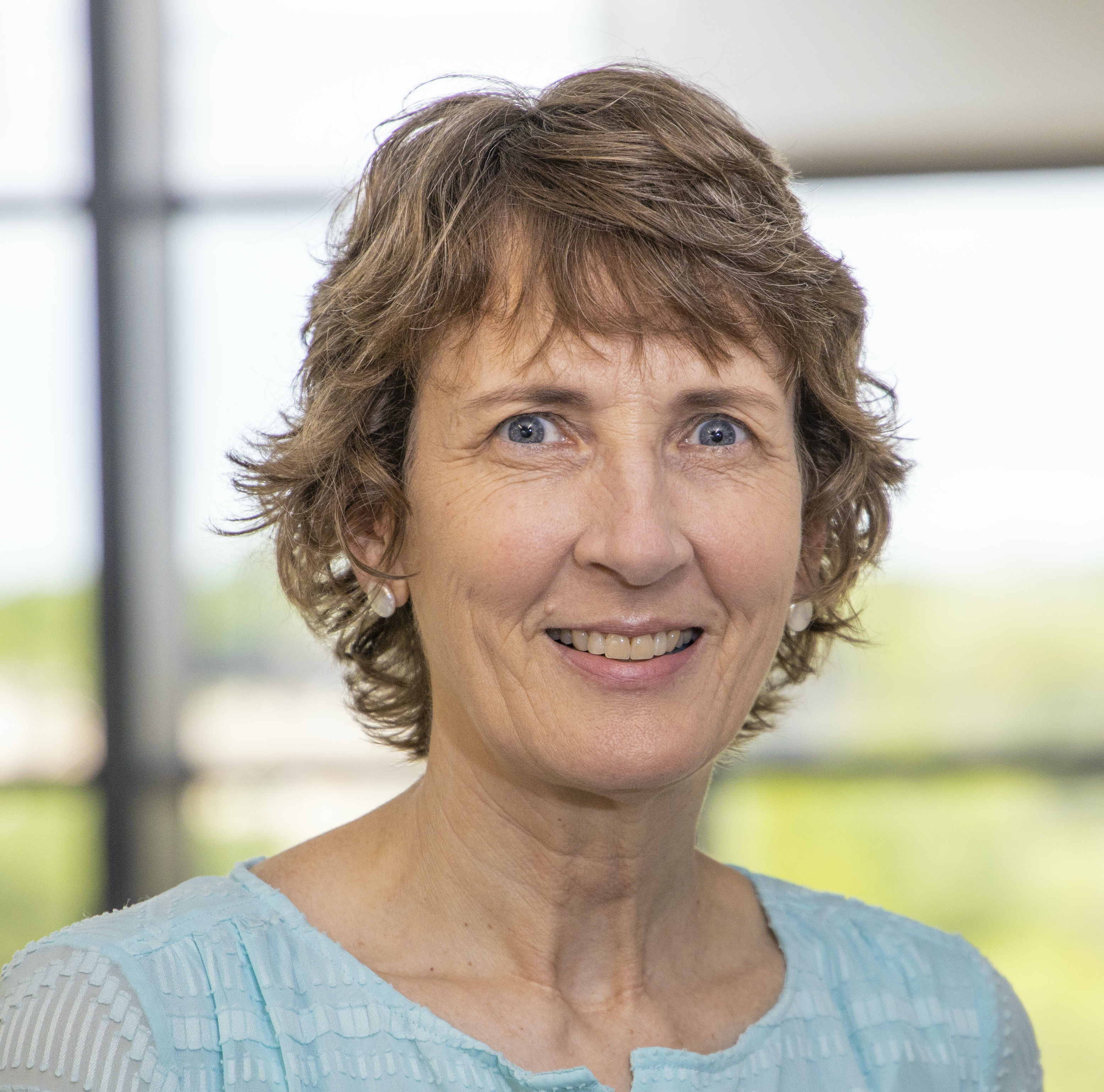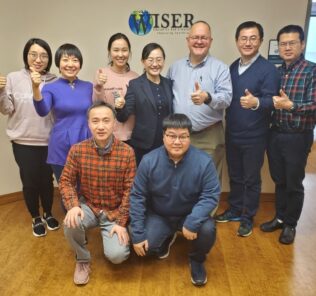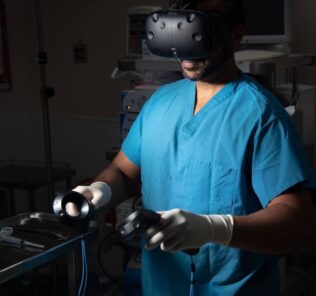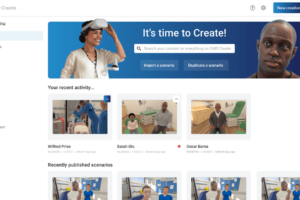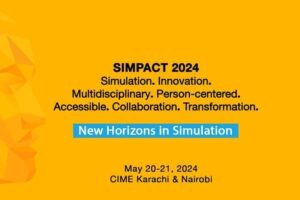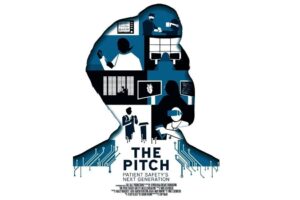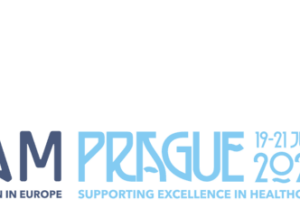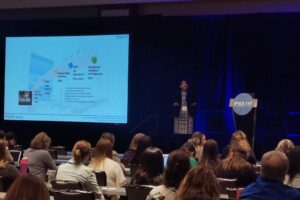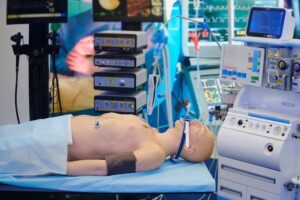Simulation Competitions Safely Create Fun Environment for High-Level Learning
Healthcare simulation competitions are engaging experiences that inspire and motivate participants to put forth greater effort in the pursuit of excellence. They are a formative, challenge-based educational intervention, aimed at creating opportunities for healthcare students to compete and learn from each other under the supervision of experienced clinical and simulation experts (Albers et al., 2020). Healthcare simulation competitions are about much more than crowning winners.
Healthcare simulation competitions provide a safe environment for students to take risks and learn to not fear failure. These competitions drive students to learn at a faster rate and perform at a higher level. Participants put forth extra effort and often surprise themselves with what they are capable of accomplishing. Competitors come to view failure as simply an opportunity to learn from experience and develop the confidence to do things that are hard or uncomfortable (DiMenichi & Tricomi, 2015).
However, “competition” can be a contentious term in the educational arena. Many automatically identify competition as a zero-sum, winner-take-all scenario that declares winners by default, and labels others as “losers” — a designation usually avoided when working with students. There is a concern that competition will discourage losing students.
However, in its most basic form, competition is simply an act or a situation in which two or more participants desire the same resource or outcome. It is a process by which the most efficient means to a goal is identified (Rivers & Glover, 2008). Instances of this process may result in aggression or “competitive” behavior, but they can also nurture collaboration, community building and cooperation (Neubert, 2016).
Sponsored Content:
One of the most common misconceptions regarding educational competitions is the “competition vs. collaboration” debate. Competition is not the antithesis of collaboration. Most healthcare simulation competitions are team-based and require good communication, collaboration and teamwork. Striving to achieve a challenging task together requires teams to identify the specific skill set of each member.
The fact that other teams are aiming to achieve the same goals motivates teams to become more cohesive and become better collaborators. Through competitions, students can gain a better understanding of how to deal with conflicting opinions and ideas. They learn how to collaborate and consider differing perspectives (Neubert, 2016).
There are several established competitions in healthcare simulation, primarily within medical education. The size and structure of these competitions vary, but most are in the form of bracket-style tournaments in which teams of learners compete to resolve simulated emergent clinical scenarios.
SimUniversity is an international competition sponsored by Laerdal. The final rounds are held during the annual SESAM conference. Sessions are observed by an audience consisting of SESAM annual meeting participants. Both students and audience members can learn throughout the competition; the students learn through performance of the scenarios, and the audience by observing the students and considering the scenario design, medical treatment and debriefing styles (SESAM, n.d.).
In China, over 80% of the colleges providing medical education participate in the National Clinical Skills Competition. Every year since 2010, nearly 500 students from over 100 colleges challenge themselves and each other to perform almost 100 technical and nontechnical skills, as they navigate through some 20 to 30 stations.
More than 1,000 educators serve as content experts and referees, in addition to the 3,000 teachers who work to ready their students during pre-competition training sessions. Interestingly, this competition was created primarily as a way to promote medical education reform in China, to facilitate the transition from knowledge-based education to a competency-based model. It was geared toward motivating educators more so than students (Jiang et al., 2016).
Sponsored Content:
SIMCUP is a national healthcare simulation competition in Italy. Teams of four compete in simulated medical emergency scenarios; multidisciplinary teams are encouraged. Over the course of three days, teams compete in a series of simulations involving clinical, psychomotor and relational skills. Finalists perform their simulations in front of an audience consisting of judges, faculty and staff, along with those teams that did not qualify for the finals (Carenzo et al., 2020).
Through observation, learning occurs outside the tournament arena. Those who do not win generally celebrate their participation. They highlight the effort that it took to get them there, and showcase how the team enjoyed every minute of the challenge. Losing in a competition does not have to diminish the participant’s self-concept. In fact, losing can actually be more impactful than winning in some cases!
Healthcare simulation competitions do not need hundreds of competitors, from multiple institutions, vying over several days to impact student learning. The level of commitment required for formation of teams that train together over time is also not a prerequisite for a successful competition. Individuals can reap the benefits of competition-based learning as they compete against themselves or a small group of peers. Baylor University Louise Herrington School of Nursing (LHSON) created an extracurricular, skill-based competition to engage their undergraduate students in honing their skills.
Sim Ninja was inspired by the American Ninja Warrior (ANW) competition, a wildly-popular televised sporting event in which participants attempt to complete series of obstacle courses of increasing difficulty. Most competitors do not complete the course. In fact, since its inception in 2009, only three contestants have achieved total victory by scaling Mount Midoriyama (Wikipedia contributors, 2021). And yet, the cognizance of almost certain “failure” does little to dissuade competition hopefuls, who spend weeks waiting in the “walk-on” line.
ANW courses change constantly. Athletes may be familiar with some of the obstacles but usually face one or two never-seen-before challenges that require quick thinking, creativity, and innovation (Smith, 2020). Likewise, a bevy of simulation contests await Sim Ninja competitors, including situations that students may not have encountered in either a clinical or simulated setting.
Students might be challenged with medication administration, CPR performance, or infusing blood products. They could find themselves in the middle of a Code Blue or other emergent situation, one where students are usually relegated to the role of observer if and when they encounter it in the clinical setting.
Just as ANW teaches athletes to compete for the sake of self-improvement and to celebrate the journey as much as the destination, LHSON’s Sim Ninja encourages students to push beyond their current proficiency level of knowledge or skill to tackle difficult simulation activities. Participation is voluntary and students approach the Sim Ninja competitions expecting to be challenged. They know they might stumble, but are excited to see just how far they can make it. Competing is not about winning or hitting the buzzer at the top of the “warped wall”, as in ANW; it is a strategy for building competency and confidence.
Everyone’s a winner when they compete in well-designed healthcare simulation competitions — participants as well as the patients for whom they subsequently care.
Learn More About Serious Games
Albers, S. S., Sless, R. T., Hayward, N. E., Dasari, K., & Henn, P. (2020). A contest without losers – The value of extracurricular simulation competition in undergraduate medical education. MedEdPublish, 9(1). https://doi.org/10.15694/mep.2020.000201.1
Carenzo, L., Braithwaite, E. C., Carfagna, F., Franc, J., Ingrassia, P. L., Turner, M. J., Slater, M. J., & Jones, M. V. (2020). Cognitive appraisals and team performance under stress: A simulation study. Medical Education, 54(3), 254–263. https://doi.org/10.1111/medu.14050
DiMenichi, B. C., & Tricomi, E. (2015). The power of competition: Effects of social motivation on attention, sustained physical effort, and learning. Frontiers in Psychology, 6. https://doi.org/10.3389/fpsyg.2015.01282
Jiang, G., Chen, H., Wang, Q., Chi, B., He, Q., Xiao, H., Zhou, Q., Liu, J., & Wang, S. (2016). National Clinical Skills Competition: an effective simulation-based method to improve undergraduate medical education in China. Medical Education Online, 21(1), 29889. https://doi.org/10.3402/meo.v21.29889
Neubert, J. (2016, July 4). Redefining "competition" in education. Institute of Competition Sciences. https://www.competitionsciences.org/2016/07/04/redefining-competition-in-education/.
Rivers, P. A., & Glover, S. H. (2008). Health care competition, strategic mission, and patient satisfaction: research model and propositions. Journal of Health Organization and Management, 22(6), 627–641. https://doi.org/10.1108/14777260810916597
SimUniversity. SESAM. (n.d.). https://www.sesam-web.org/SimUniversity.
Smith, P. (2020, March 19). Motive School of Movement brings ‘American Ninja Warrior’ challenge to Greenville. Greenville Journal. https://greenvillejournal.com/news/america-ninja-warrior-challenge-comes-greenville-sc/.
Wikipedia contributors. (2021, May 19). American Ninja Warrior. In Wikipedia, The Free
Encyclopedia. Retrieved 20:53, May 24, 2021, from https://en.wikipedia.org/w/index.php?title=American_Ninja_Warrior&oldid=1024053482
Jeanne Carey is the Director of Simulation at Baylor University Louise Herrington School of Nursing in Dallas, Texas. She holds advanced certification as a simulation educator and has 10 years of experience in all aspects of simulation, including the development and implementation of new simulation-based learning activities, training of simulation facilitators, and recruitment and management of standardized patients. Carey and the LHSON Simulation Team created the Two-Heads-Are-Better-Than-One (2HeadsR>1) strategy for role assignment in simulation. She is active in several simulation organizations and currently serves as an INACSL Nurse Planner.
Sponsored Content:



